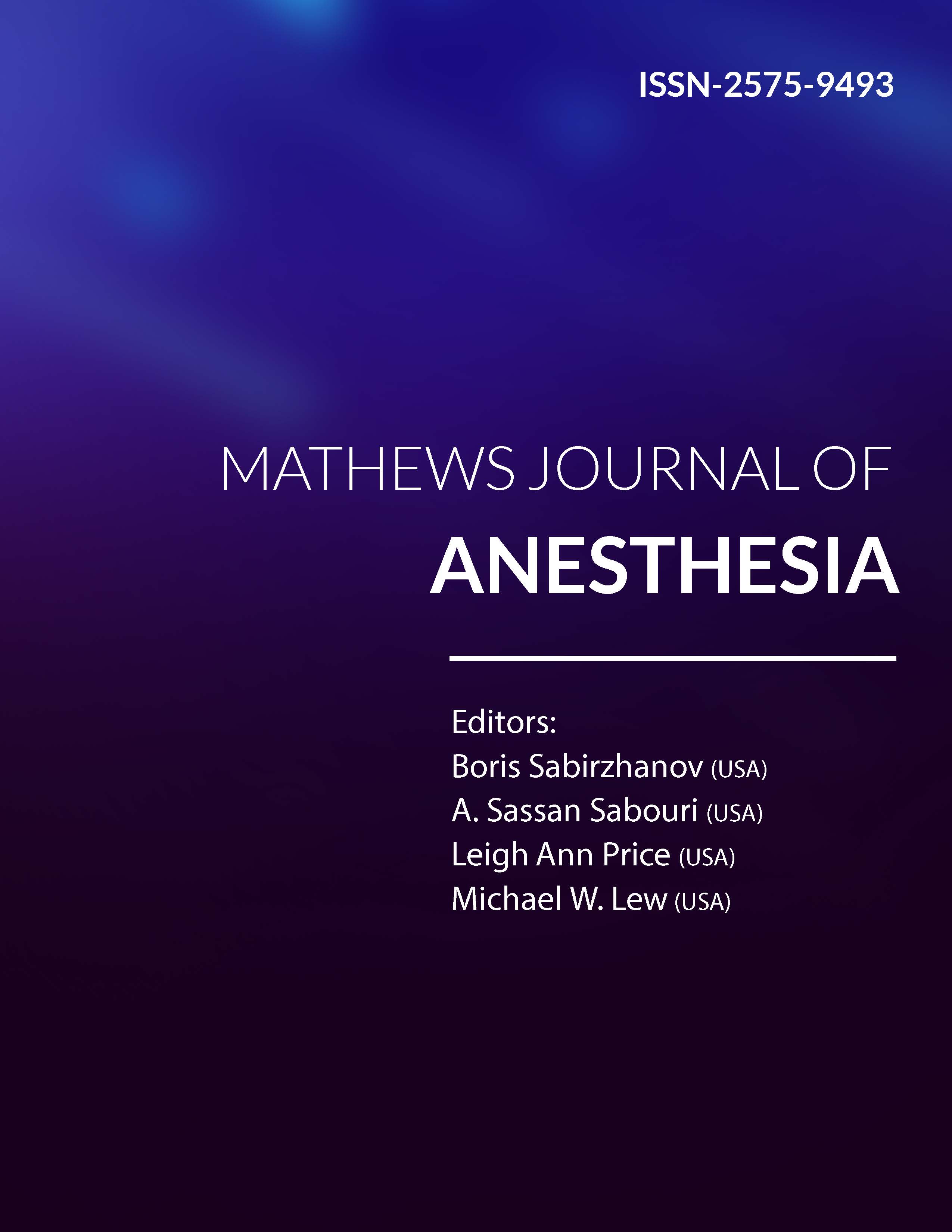
Information Links
Previous issues
Related Conferences
Current Issue Volume 5, Issue 1 - 2024
Comparison Between General and Spinal Anesthesia in The Effect On Hemodynamic Stability in Patients Undergoing Hernia Repair
Adnan Abdul Adheem Kadhim1, Haider Ahmed Jalab Salem Al-Khikani2,*, Qasim Muhammad Hamza3, Yass Khudair Habib4, Muhammad Mohsen Hussein5, Hassan Taqi Muhammad6
1General Surgery Specialty, Academic Professor of the Department of Anesthesia and Intensive Care Technologies, Al-Taff University College, Karbala, Iraq
2-5Bachelor of Anesthesia and Intensive Care Technology, Al-Taff University College, Karbala, Iraq
*Corresponding author: Haider Ahmed Jalab Salem Al-Khikani, Bachelor of Anesthesia and Intensive Care Technology, Al-Taff University College, Karbala, Iraq, Tel: 07729761444, ORCID: 0009-0008-5416-1498; Email: [email protected]
Received Date: July 23, 2024
Published Date: September 14, 2024
Citation: Kadhim AAA, et al. (2024). Comparison Between General and Spinal Anesthesia in The Effect On Hemodynamic Stability in Patients Undergoing Hernia Repair. Mathews J Anesth. 5(1):15.
Copyrights: Kadhim AAA, et al. © (2024).
ABSTRACT
Introduction: The primary focus of the staff in the anesthesia and critical care unit remains selecting the best anesthesia that poses the least risk to the patient's life. This includes adhering to protocols, protocols, strategies, and guidelines for selecting the most appropriate anesthesia. It might also be argued that the most effective and common type of anesthetic used for hernia repairs is spinal anesthesia. Aim of the study: Learn about obtaining and verifying hemodynamic stability in patients undergoing hernia repair under anesthesia. Subjects and methods: precise and current analyses of the patients who visit the Karbala hospitals Al-Hassan and Al-Hussein. We classified the 100 patients who had herniotomies into two groups based on the kinds of anesthesia spinal and general. A total of 50 patients underwent spinal anesthesia and 50 patients underwent general anesthesia. Analysis was done on the patient's blood pressure change, and pulse rate. The study examined patients between the ages of 20 and 90, splitting them into two groups for meticulous follow-up prior to, during, and following surgeries general anesthesia (GA) and spinal anesthesia (SA). Results: Our findings demonstrate that while blood pressure is more constant in SA (about 56%) compared to GA (approximately 40%), blood pressure is higher in GA (32%) and SA (24%) but lower in GA (28%) and SA (20%). Based on the results of this study, heart rate stability is higher in SA (56%) compared to GA (32%), and heart rate increase was 34% in SA and 60% in GA. While the impact of SA is more sustained, the lowered heart rate was 10% in SA and roughly 8% in GA. Conclusions: we found spinal anesthesia was more than general anesthesia in stability of blood pressure and heart rate and Minimum or normal.
Keywords: General Anesthesia, Spinal Anesthesia, Hemodynamic Stability in Anesthesia, Hemodynamic Stability Hernia Repair in Anesthesia.